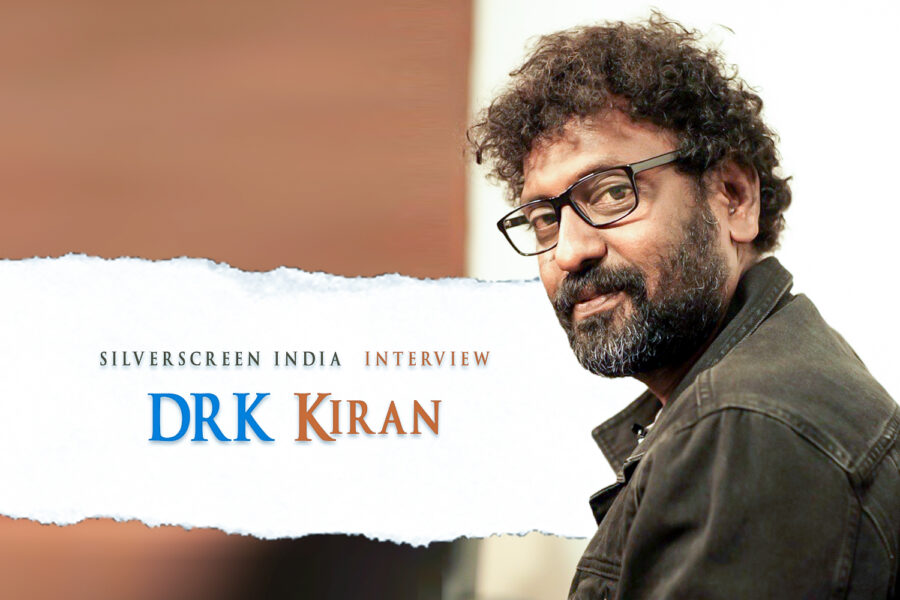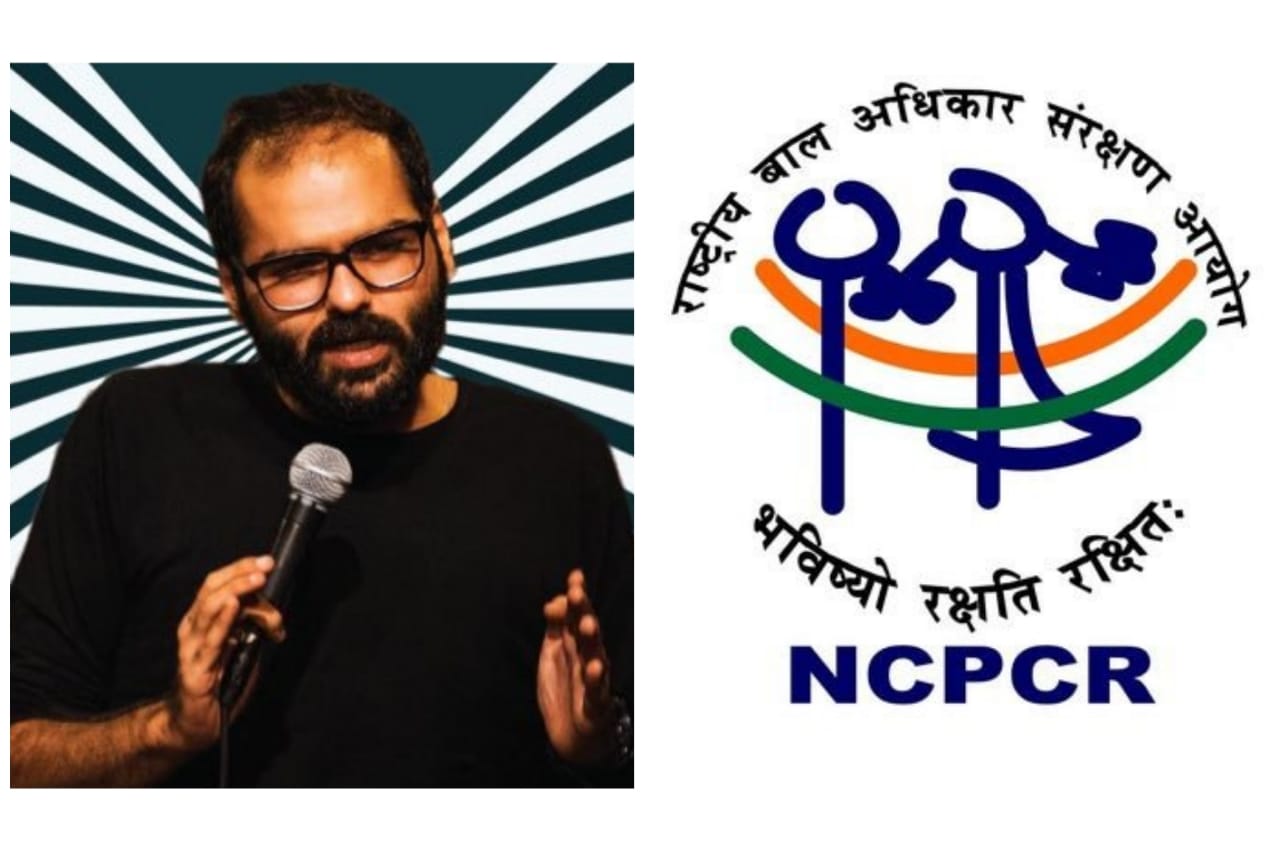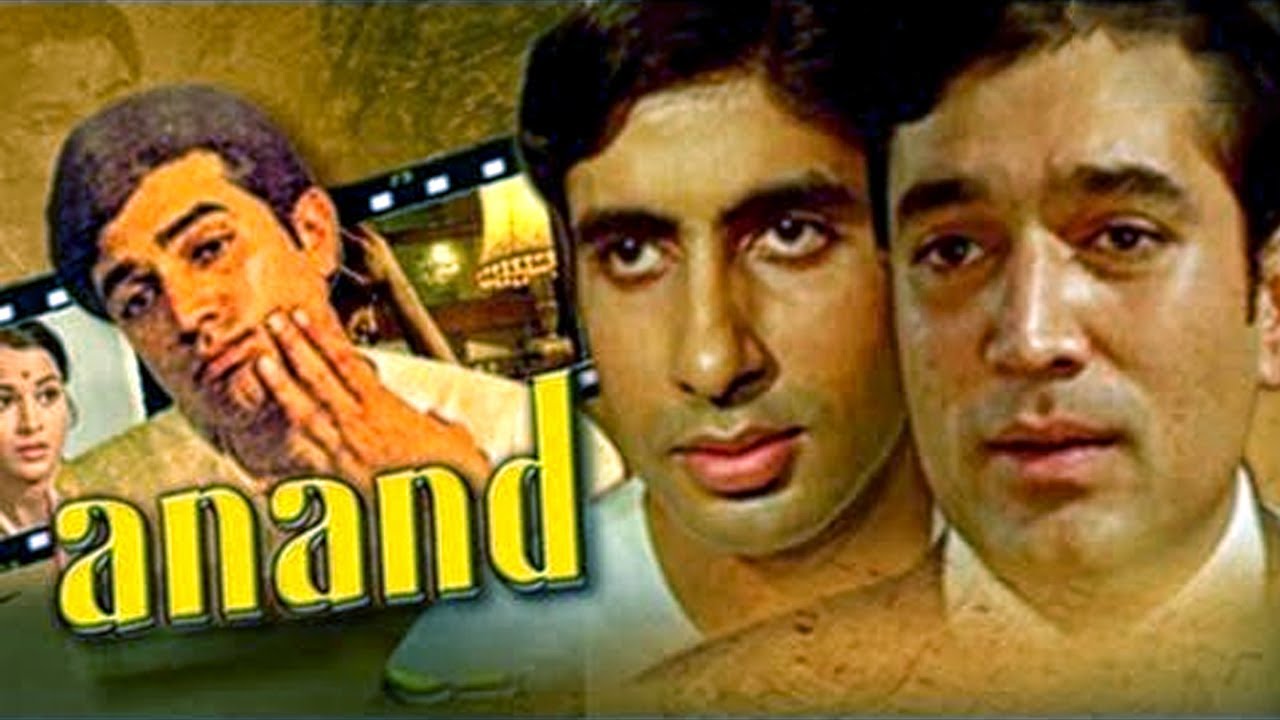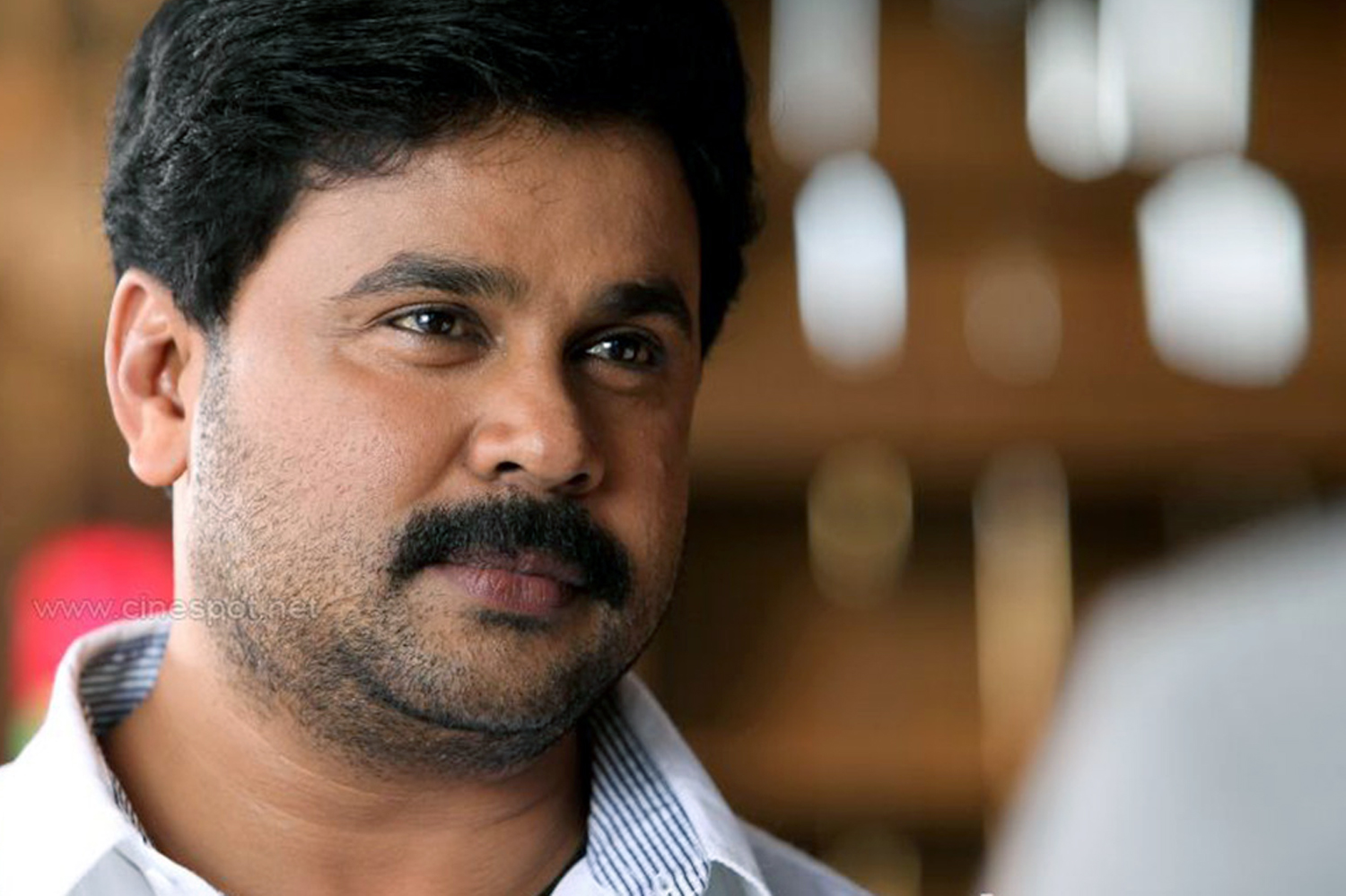Actor-art director DRK Kiran is the man who was in charge of the sets of Vijay’s Beast. The Tamil film, which hit theatres on April 13, marked his second collaboration with director Nelson Dilipkumar after Doctor (2021).
The Sun Pictures production, which features Vijay as an ex-spy named Veera Raghavan, is an invasion thriller that takes place at a shopping mall in Chennai. The film is primarily set within the premises of the mall and follows Veera Raghavan’s efforts to save the hostages from the terrorists.
Recently, a making video of Beast was released, highlighting the construction of the sets, the coordination between different technical departments, and the roles that each of them played.
Following the release of Beast, Kiran speaks to Silverscreen India about what went into creating the sets, coordinating with the cinematographer, stunt coordinators, and choreographers, and what art direction brings to films.
For most of its runtime, Beast happens inside one space: the shopping mall. What was Nelson’s initial brief to you about the art direction?
When Nelson decided to make a film with Vijay sir, I requested him to offer me a role in the film, since I am also an actor. I did not even ask him about the story; I just wanted to be a part of the experience. But, Nelson said that the art director would have a lot to do in the film and that it would be difficult for me to also work as an actor. This was the first brief I got from him. I did not know what he was talking about and was unaware of the magnitude of the work, but later, I understood that we needed to erect the set of a mall for this film.
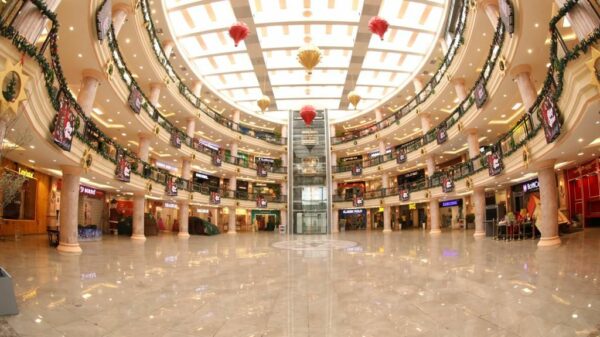
What went into the pre-visualisation and why did you opt to erect a set instead of shooting in an actual mall?
We initially looked into live locations for the mall, but there were some issues. We could only film at real malls at night, which meant lesser time for shooting on a daily basis. Plus, the story also happens during daytime. So then, we considered creating a set and extending it with CGI. But Nelson was sceptical about incorporating graphics and he also had concerns that it could cause unwanted delays, so we chose to build a mall set instead. Using the software Unreal Engine, we decided on the lens, shot types, and frames along with cinematographer Manoj Paramhamsa. We detailed the mall design, which was adapted to the shots and light requirements. In pre-visualisation, we can see on screen what we will finally appear in the film. That helps to decide the shots, camera placement, where the detailing is needed, etc.
Wouldn’t it have made things easier to shoot in a real mall?
A crucial scene involves Vijay driving a car inside the mall. A car cannot be brought inside a mall through any of the lifts. The biggest-sized lift is the one in hospitals for stretchers. We needed something bigger. We used a Mini Cooper, the smallest car we could get and we designed a big enough lift for it. We roped in an engineer specifically to design the lift for the car. Also, malls would not permit us to drive a car inside, since it would damage the flooring. For these reasons, it was easier to use sets which we could customise to our requirements.
What type of references and designs did you use? What was the hardest thing to execute?
We tried to give the mall a glossy feel, with a marble finish. We wanted to show international brands for the shops that are featured inside, rather than having just the names of our sponsors. However, it was not one single set that was erected. The place where the hostages are held captive in the film is another set. The biggest task was to build a mall that is 60 ft, which was also risky. Sets are usually under 30 ft. When we were building it, there were flash floods and cyclone, and to make a set that could withstand the weather conditions was the hardest task. We worked, in total, for six months, almost every day. In the cinema industry, the second Sunday of the month is a holiday. All the union meetings also happen on those days. But for Beast, we had to work those days too.

You mentioned working with the cinematographer on pre-visualisation. Can you tell us more about your collaboration with the camera crew and the other departments?
For any film, once the director explains his vision, the art director and cameraman should have multiple conversations. The sets have to include the means to incorporate lighting sources for the camera. Also, cameras are rigged to the ceiling and suspended on a track, and operated with a remote. Hence, coordination is needed between the departments.
Similarly, we have to plan with the stunt coordinators about the areas where stunts are to take place. Choreographers and stunt coordinators discuss with the art director their requirements for the number of dancers, space needed, types of jumps in action sequences, things that need to be broken during stunts, etc. We have to coordinate with the costume designer as well, to set the colour palette, whether it has to be warm or cool-toned, based on the shades of costumes.
The film’s climax shows the abduction of the antagonist from Pakistan. Was that also a set?
Yes. That setting needed to look like Pakistan. While scouting for locations, we took references from similar landscapes. The tunnel, the place where the villain resides, are all sets, enhanced with CGI. Pakistan has off-white coloured soil, whereas in our country it is more red. We painted the soil to match the terrain. All of this required coordination with the cameraman and director as well; they sometimes pitch in with minute details, even if the art department misses them.
Both the songs Arabic Kuthu and Jolly O Gymkhana feature quirky sets. How were they ideated and created?
For Arabic Kuthu, we used themes from Arabic culture. We initially thought of going with colourful motifs, but after several discussions, we decided to use a single, rich tone of gold. The colours are minimal – beige, off white, etc – and for the sky, we used a warmer shade of blue. In the case of Jolly O Gymkhana, the song dictated the theme. We went for cooler tones, with beachside and snow-capped sets.
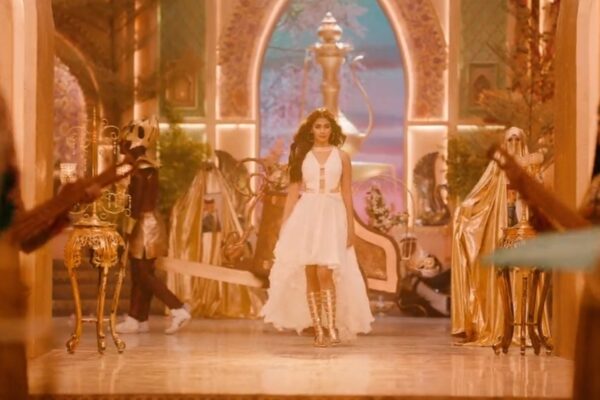
Now that the film has been released, what has happened to the mall set?
The set was erected in an empty space near Leela Palace, Chennai. Vijay sir had suggested not dismantling it, given the work that went into it. However, since it was erected in an open place, close to the beach, and is not a proper construction, we were concerned about damage due to the weather. So, we dismantled it.
While constructing the sets, you are not only creating a setting for scenes in the film, but also the working environment of the cast and crew. What are your top priorities and concerns in that regard?
Safety and hygiene are the top priorities. There should be certain facilities like toilets, for both men and women. Before the actual work on the sets began, we built 20 toilets, bathrooms, and living spaces. All these are needed to ensure the comfort of the workers. Further, working in a 60 ft set required them to wear safety gear like belts and helmets. I also ensure that none of the workers carry phones to the sets, especially when they are required to work at heights. A lot of people tend to fall down while using phones. Thankfully, no one got injured during the work on this film.
While shooting at live locations, there are issues of stars drawing crowds and photos being leaked. At the same time, the bigger budget gives the scope to spend more on sets. How do you think the star value of a film impacts the usage of sets?
Of course, for big-budget films, when there are stars, it is impossible to shoot in open locations in India. That is why sets are erected. The art department will hence play a bigger role. Sometimes, a film might not need grand sets because of the star, but the story would demand it. Sometimes, it is easier to shoot on sets rather than in live locations. In the case of Beast, where the film itself is set in a mall, or a period film like Baahubali, sets are required because it is impossible to shoot them in real locations. Budget concerns also play a role. For example, in Rajinikanth’s Annaatthe, there is a family function scene for Keerthy Suresh and it is depicted with a lot of grandeur. This does not happen in small films. As the grandeur increases, so does the scope for art direction. In the case of RRR, or Shankar sir’s films like Endhiran and I, wide shots are employed to enhance the splendour of the sets.
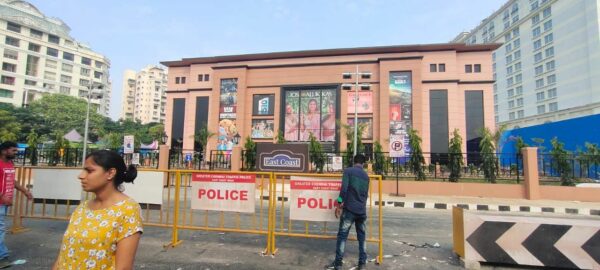
What genre of films have the most scope for an art director? What was hardest for you to execute?
A period film easily gives the most scope for art direction. It also has that ‘wow factor’. People recognise and appreciate the work of the art department when it comes to period films. Sci-fi films too get recognised for production design. On the other hand, a lot of people would simply assume that Beast was shot at a real mall. In the case of Doctor, the antagonist’s underground prison, the heroine’s house, and so forth, were all designed as per our requirements.
The hardest one I’ve worked on was the opening portion of the Burma period scene in Anegan. There is this part where Dhanush sir would be working on top of a building and he saves Amyra Dastur from falling from a Ferris wheel. The wheel was about 60 ft and the building had to be taller than that. The whole building was a set and since it was not that strong, I asked that only a minimal crew be working on it at any given time. That was the highest structure built at that time, around 70 ft.
You started out as an art director in 2006. How has art direction changed over years?
Recommended
The peak of art direction was before the 60s. SS Vasan’s films like Chandralekha (1948) and Avvaiyar (1953) had enormous, grand sets. A lot of black and white films had big sets. After the 70s, Tamil cinema moved to real locations, and this was the case up until the 90s. When Mani Ratnam sir came in, films were shot on sets again. Not many know that the apartments featured in Anjali (1990) are actually sets. The Bombay portions in Nayakan (1987) were shot on sets in Alwarpet, Chennai. Even Mouna Ragam (1986) and Thalapathy (1991) were shot on sets. Art direction came back into vogue around this time and people like Sabu Cyril, Rajeevan, M Prabhaharan, and T Muthuraj entered the Tamil industry. Now, a lot of films are shoot on sets, and art direction is also recognised more owing to social media discussions about the sets.
